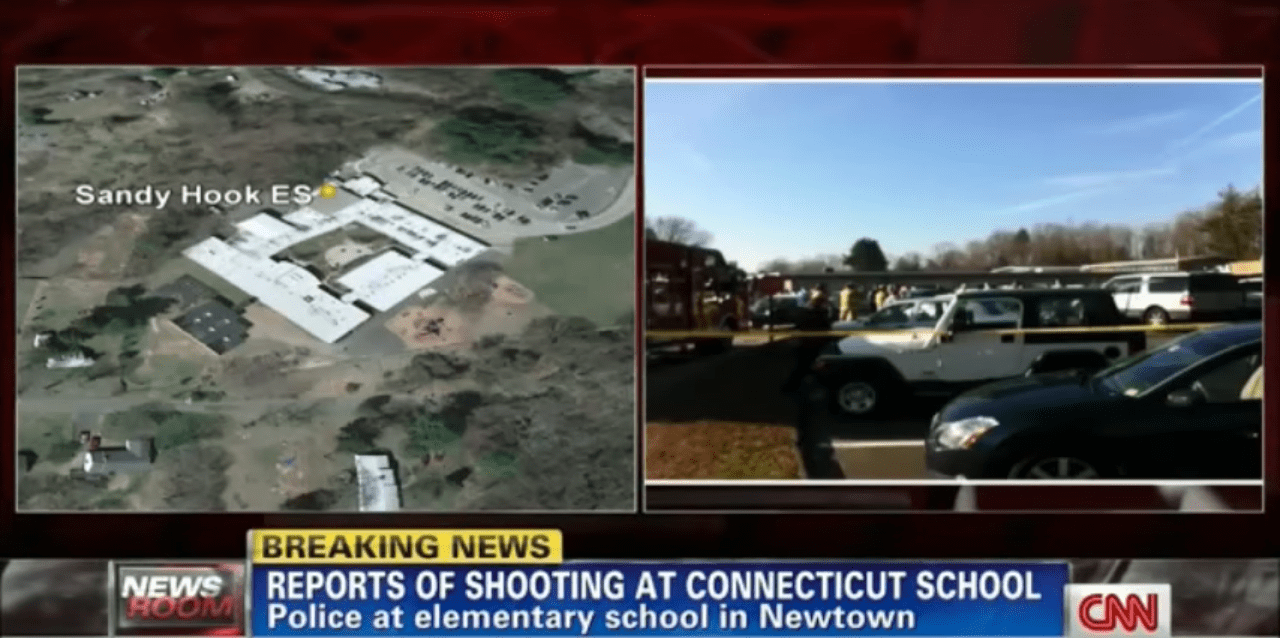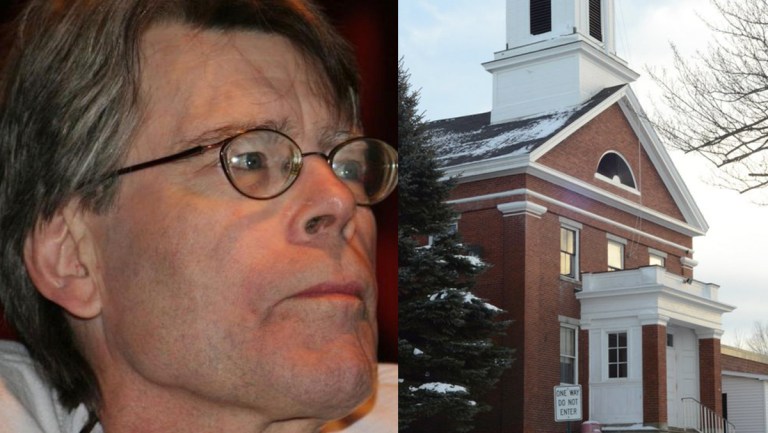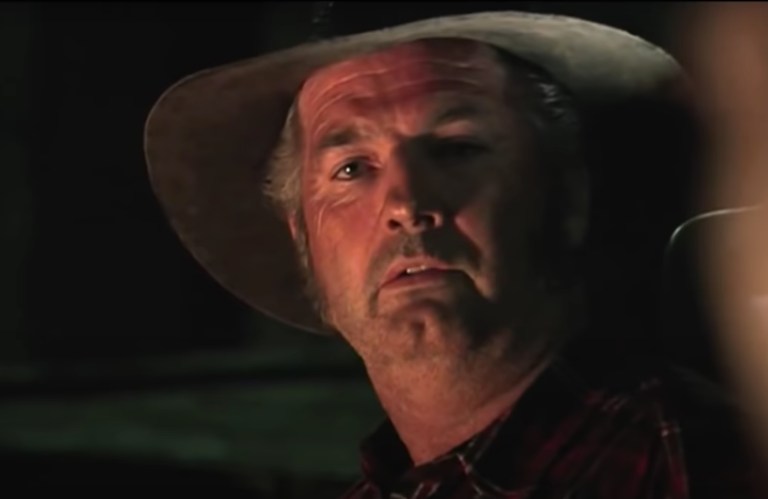Mass Shootings Aren’t What The Media Wants Us To Think They Are


Over Easter weekend, we all recoiled in disgust and horror when an attention-seeking murderer not worthy of being named brutally gunned down 74-year-old Robert Godwin on the streets of Cleveland.
And before that poor man’s blood was even dried on the concrete, people had taken to Twitter to plead and beg Congress to create stricter gun control measures.
This happens after every major shooting in the U.S. It happened a few weeks ago when a sorry excuse for a man in San Bernardino went into an elementary school and killed his estranged wife and a young special-needs child before shooting himself. It happened just a few days into 2017 when five people were gunned down at a Florida airport. And it’s going to happen again. And again. And again.
And there’s absolutely nothing Congress can do to stop it.
After such horrific acts of bloodshed, it’s natural for people to want something to happen to prevent such mayhem and murder from ever happening again. The default Democratic refrain – “more background checks, more gun-free zones, more restrictions on gun sales” – is admirable in theory, but at the end of the day, it’s for naught.
More background checks would do precious little to stop many aspiring mass murderers – who have no criminal records to speak of – from obtaining firearms. “Gun-free zone” laws have been on the books for decades, yet the number of deadly shootings in schools and government buildings where guns are already illegal have risen substantially since those laws were enacted. And during the 10-year federal assault weapons ban from 1994-2004, there were more deadly shootings in the U.S. than after the moratorium was lifted.
Even a hypothetical total gun ban would be unlikely to move the needle on the nation’s gun homicide numbers. After all, there are already 300 million firearms circulating throughout the American public sphere; presumably, a federal ban of the like would be about as effective as the War on Drugs has been at curtailing overdoses.
At the very heart of the problem, the issue isn’t guns. Bullets don’t fire themselves – somebody has to pick up the gun, point the barrel and make the conscious decision to pull the trigger and end somebody’s life. If you’ve gotten to a point in your life that you can justify putting hot lead through somebody’s skull, odds are, not having a gun around is unlikely to be a deterrent to your homicidal urges. Just take a look at Europe; with guns scarce, terrorists have simply started using trucks as weapons of mass death … and morbidly, ironically enough, started chalking up higher body counts than if they had the guns they couldn’t acquire in the first place.
Yet despite the nightly news accounts of blood and guts and bullet holes, the reality is that gun violence is down considerably in the United States. In fact, the number of firearm-related murders in the country has actually decreased BY HALF since 1993. And believe it or not, even mass shooting incidents have been on a remarkable downward trajectory, plummeting from about 900 incidents a year in the early 2000s to less than 200 such incidents in 2014.
Before you start freaking out about that 200 incident a year figure, please keep in mind that the majority of “mass shooting incidents” are non-fatal, and of the ones that are, the bulk are either domestic violence type affairs or gang-related. No, mass shootings – despite their incessant media coverage – are not a pandemic. Indeed, as astonishing as it may sound, the overwhelming majority of mass shootings impact just 6 percent of the total national populace – as The New York Times reported in 2016, nearly 75 percent of ALL mass shootings are perpetrated by young black men, with practically all of their victims being the same demographic.
Even the much reviled “assault rifle” menace doesn’t seem as menacing when you look at the official F.B.I. homicide stats. In 2013, a grand total of 285 people were killed with rifles. That same year, twice as many people were punched or kicked to death, meaning you’re mathematically twice as likely to be boxed or kickboxed to death in public than you are being mowed down by an AR-15.
Handgun violence, however, is a much larger social problem. Four years ago, the F.B.I. logged close to 6,000 instances of people being killed by handguns and revolvers. And that death toll only tells a small portion of the story; on top of that, there are close to 75,000 nonfatal shootings happening each and every year in America.
And these are the incidents the media shies away from. You’ll always get an earful about the latest mass shooting bloodbath, but you’re unlikely to hear about the staggering number of people maimed, mutilated, disfigured, paralyzed and left permanently disabled by bullets. Some projections tab the total costs associated with gun violence – public subsidized health care, prison operation costs, legal fees, police investigation expenditures, etc. – to eclipse $229 billion. A study from earlier this year suggests that America spends more than $700 million annually just treating bullet wounds. Still, that’s a comparable drop in the bucket compared to the economic costs of automobile accidents, which one National Highway Traffic Safety Administration study tabbed at nearly $900 billion a year. Yet the idea of banning vehicles – despite their immense social risks – remains laughable.
There’s no real way to make guns “safer.” After all, these are implements designed to cause death and destruction. You can force people to get licenses and buy insurance and pass laws barring guns from most public spaces, but people are still going to get shot, and unfortunately, some of them are going to die. Federal law already prevents convicted felons, domestic abusers, the mentally ill and people who use even recreational drugs (it’s in the Gun Control Act of 1968 – feel free to look it up) from technically possessing firearms, but surprisingly, people intent on murdering another human being just don’t seem to care about breaking lesser laws en route to committing gun homicides.
The problem here is self-evident. Mass shooters are all attention-obsessed narcissists who blame everybody else for their failures in life and think gunning down a large number of innocent victims – “High Score,” some particularly morbid, probably racist but nonetheless somewhat insightful individuals on the Internet have deemed it – will give their otherwise pointless existences some sense of heightened significance. They don’t just want to kill people, they desperately, direly want the publicity that comes along with killing people. Take away that publicity (I’ve long suggested that the media counteract mass murder by refusing to name the shooters or showing their faces on TV) and suddenly, there’s no longer a practical reason for omnicidal losers to shoot up a movie theater or middle school.
The rest of the gun violence episodes in the U.S. – and remember, that’s about 95 percent of them – are all case-by-case deals. A lot stems from petty street crime, like muggings and robberies, and many stem from retaliatory gang violence. The work of guys like Gavin de Becker suggest the majority of gun violence episodes are the end-dividend of domestic disputes. And then, there are some dumb assholes that just can’t control their temper, get angry during a football game and shoot somebody.
And despite the rhetoric of the National Rifle Association and open-carry proponents coast-to-coast, concealed weapon permits aren’t going to solve any of those issues.
Yes, we all hear about gun-toting homeowners blasting away would-be robbers from time to time. Indeed, home invasion paranoia is so central to American gun culture that some firearm manufacturers have gone as far as to name their lines after police codes for break-in attempts. Alas, pro-gun advocates have greatly inflated the impact of firearm-ownership as a deterrent to crime. Even now, John Lott’s impossible claim that there are over 2.5 million life-saving defensive gun uses each year in the U.S. remains a popular misconception (if not an all-out delusion); seeing as how there’s never been more than 1.9 million violent crimes committed in one year in U.S. history, the suggestion that gun ownership alone prevents twice as many homicides, rapes, carjackings and assaults from happening is – at best – childishly fantastical and – at worst – brass-balled moronic.
Have gun homicides gone down since more states enacted concealed-carry permit laws? Yes, but that doesn’t take into account several other factors, such as the fact that per capita gun ownership in general has declined exorbitantly over the last half decade. Nor does that take into consideration the impact of federal gun legislation; since the Brady Bill became the law of the land in 1994, all violent crime in the U.S. has decreased a third, with the nation’s annual homicide count dwindling from 24,000 to 15,000 in 20 years. And it especially doesn’t take into consideration the fact that, overall, states with concealed carry laws report more gun assaults than states that do not have such laws on their books. The correlation between less gun violence and more concealed carry permits is suspicious at best, and could just as easily be attributed to the efficacy of gun control legislation. Sorry, but there’s absolutely no proof indicating more concealed carry permits have done anything to reduce the number of gun injuries and homicides in the country – and considering the staggering number of mass shooters who themselves had concealed carry permits, there’s an argument to be made that such laws just make it easier for individuals to embark upon public shooting sprees.
Speaking of the nation’s heavily publicized mass shootings, F.B.I. data shows that civilians with concealed weapons have done virtually nothing to stop them. An analysis of 160 active shooter incidents in the U.S. found that just one was halted by a gun owner who was neither an off-duty police officer or security guard. Comparatively, 21 of those shootings – about 13 percent of all active shooter incidents that transpired in the timeframe – were stopped by citizens WITHOUT firearms, half of whom were unarmed school faculty who talked the shooters out of continuing their carnage.
One glance at the annual mass shooting data lets us know that mass shootings aren’t what the media wants us to think they are. Sandy Hook and Columbine type tragedies are incredibly rare, while incidents in which incensed individuals with guns impulsively open fire are practically daily occurrences. Three-quarters of mass shooters aren’t fame-obsessed sociopaths, they’re simply pissed off people who can’t control their temper and have no qualms about firing hot lead into public as responses to petty annoyances and other grievances. Virtually half of these shootings aren’t planned and of those that are, about 80 to 90 percent involve specifically targeted individuals and not random victims.
More guns – concealed or openly carried – aren’t going to change human nature. Impulsive, easily outraged individuals number in the millions, and when these people have on them lethal weapons, bad things are bound to happen. The N.R.A. can’t just patrol the streets and school hallways like the totalitarian fascists they accuse the government of being and shoot dead anybody who looks like they might open fire. Indeed, before John Q. Concealed Permit Holder even knows shit is going down, Mr. Outraged Fellow Gun Owner has already been able to rattle off a good half dozen shots – maybe more, depending on the weapon used. That’s the intrinsic problem with the N.R.A.’s stance on gun violence; per their own ideology, nothing should be done to prevent it until the bullets are already flying.
At least federal laws hypothetically weed out convicted felons – presumably, the most impulsive among us – from ever owning or possessing guns. But what is America’s pro-gun contingent – besides screaming “muh Second Amendment” every time someone dares question the efficiency of their own anti-crime policies – doing to prevent those who have yet to commit gun crimes from actually COMMITTING gun crimes? How much money has the N.R.A. invested in mental health programming or high school anger management courses? Instead of yelling “mine by right” whenever a competing idea assails them, why aren’t they running initiatives to deter non-criminals with severe impulse control issues from buying guns and encouraging them to invest in less destructive pastimes? It should be pretty goddamn apparent that the 21-year-old with a swastika tattoo on his forehead or the 18-year-old with a Crips bandana hanging out of his droopy drawers or the kid conked out of his gourd on every antipsychotic drug on the market may not be the most trustworthy individuals with AR-15s, and ensuring that such innately violent or irresponsible people never get Glocks in their hands in the first place seems like it would be a pretty big gun safety measure.
While it is true that people – not guns – kill people, it’s downright insulting to not follow through with the rest of the equation. What kind of people kill people? People who can’t control their emotions, are prone to outbursts and really don’t see any problems with fatally injuring people as sensible retorts to “yo momma” jokes.
It’s logically inescapable – without guns, these people’s ability to maim, murder and mutilate large numbers of people is drastically reduced. And until America’s anti-gun and pro-gun lobbies accept this as fact, we’re just twiddling our thumbs waiting for the national body count to pile up. ![]()




